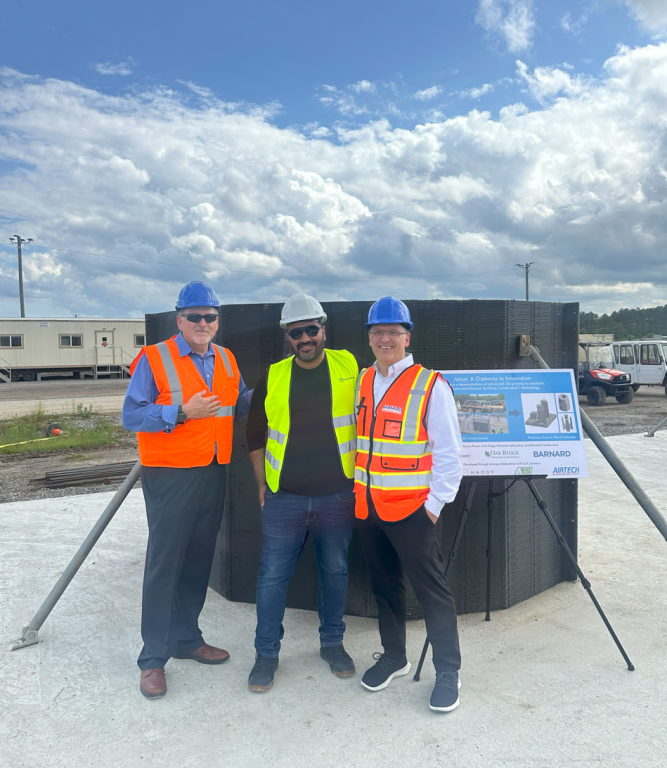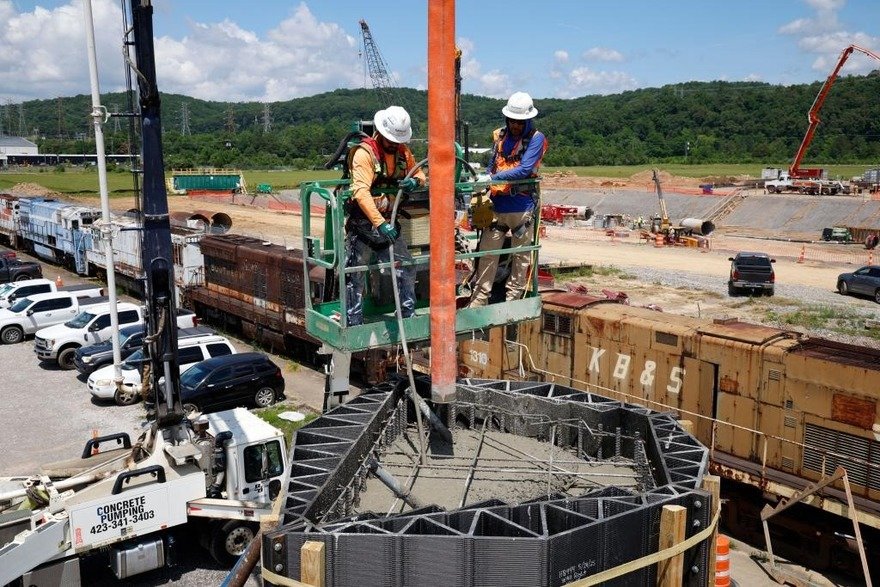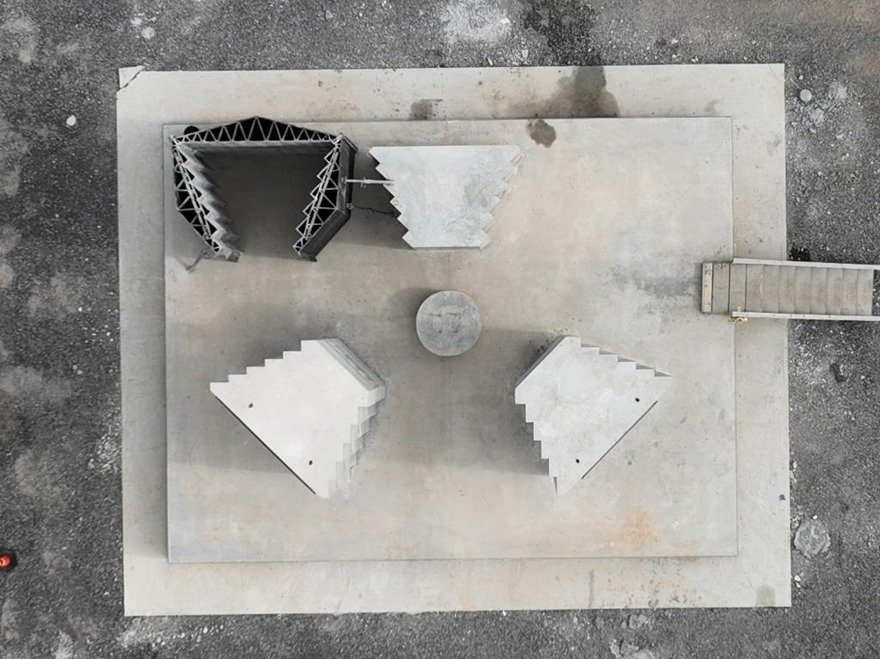How 3D Printing Will Lead to Cheaper Energy
A surprisingly agile government lab has made a breakthrough
If someone asks you "What does 3D printing have to do with nuclear fission," you can confidently answer "Nothing." But recent strides made by, surprisingly, a government-backed lab, show that 3D printing can be used to create cheaper nuclear energy.
Nuclear powerplants need to be surrounded by thick concrete "bioshields"—the reinforced structure that prevents the radiation from leaking out and killing people. Building these non-negotiable parts is expensive and time-consuming, and if you've ever worked with concrete, you can guess why: Massive formworks have to be constructed out of steel and wood, and they need to be incredibly robust in order to support the amounts of concrete required.
Enter the Manufacturing Demonstration Facility (MDF) at Oak Ridge National Laboratory (ORNL). The MDF is a skunkworks, and despite being a federal research lab, they've developed a surprising reputation for being fast-moving, agile, and results-oriented. Through R&D, the MDF has learned they can design innovative, modular 3D-printed formworks for pouring bioshields in place.

These formworks are printed in massive 10-foot blocks and assembled onsite. Because they're 3D-printed, they can take complex forms that would be impossible or expensive to create with steel and wood—and they're printed in a fraction of the time.

"The composite forms dramatically cut down production timelines, enabling 'cast-in-place' construction of complex structural components with unique geometries in days rather than weeks," writes the ORNL. "Compared to traditional methods relying on steel or wood forms that can be costly, imprecise, and time-consuming to build, this shift marks a significant advancement in nuclear construction methodology."

In other words, the plants can be built much quicker, reducing labor costs and timelines. And the project's end goal is "to use printable biocomposite feedstocks derived from timber residuals, targeting a 75% reduction in material cost using domestic forest products."
The 3D printing method is currently being used to erect the Hermes Low-Power Demonstration Reactor, a next-generation reactor intended to improve safety, manufacturability and cost-competitiveness.
Enter a caption (optional)
Lastly, you might be wondering why the U.S. would want to build more nuclear powerplants; aren't they dangerous? Relatively speaking, no. First off, nuclear powerplants are zero-emission. Secondly, deaths from from fossil fuel mining accidents, fossil fuel powerplant accidents and air pollution outstrip nuclear-related deaths by a factor of over 2,500, according to Statista.
-
o1Favorite This
-
QComment
K
{Welcome
Create a Core77 Account
Already have an account? Sign In
By creating a Core77 account you confirm that you accept the Terms of Use
K
Reset Password
Please enter your email and we will send an email to reset your password.

